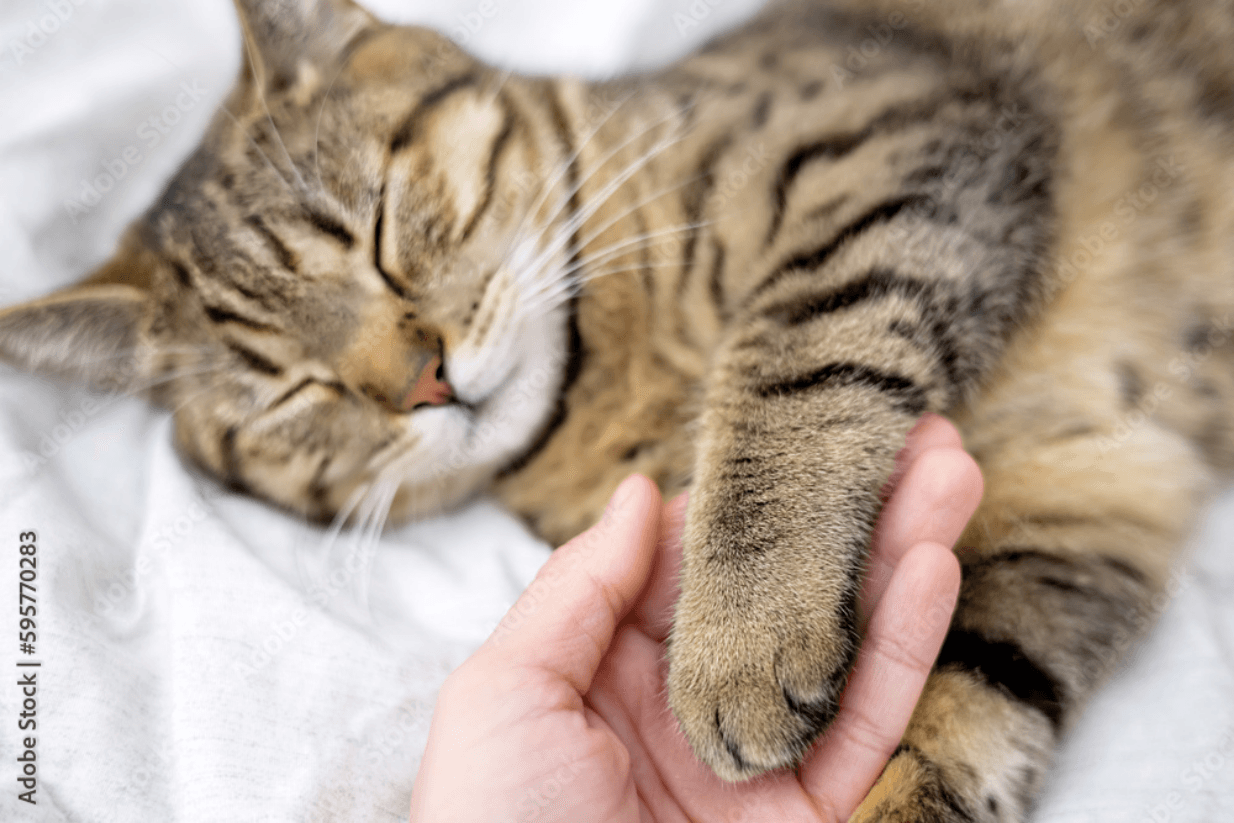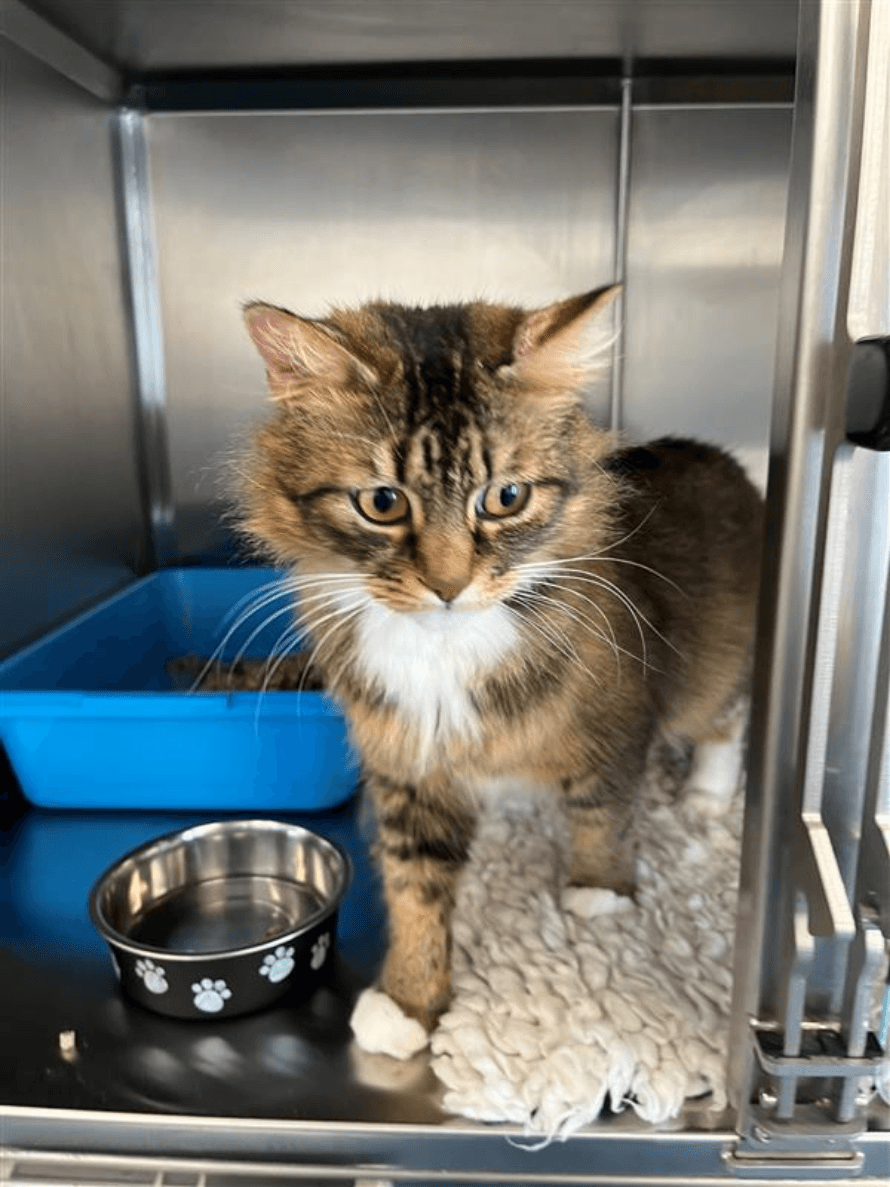

Cat Urinary Tract Infections
True urinary tract infections in cats are rare. Instead, they often face feline lower urinary tract disease (FLUTD), affecting the bladder or urethra. It’s common, impacting 1-3% of cats annually, regardless of gender.

Causes of Cat Urinary Tract Issues:
Factors like crystal formation, urethral plugs, stress-induced cystitis, and certain diseases contribute to FLUTD. Risk factors vary, including diet changes, stress, and underlying health conditions.
Symptoms of Cat Urinary Issues:
Watch for frequent or painful urination, blood in urine, inappropriate urination, and excessive genital licking.
Diagnosing Cat Urinary Tract Issues
A vet examines your cat, assessing bladder size, kidney health, and signs of discomfort. Urinalysis and additional tests like X-rays and ultrasound help identify crystals, infections, or other issues.
Treatment Options
Ensure a clean water source, use water fountains or large bowls, and feed wet food to increase water intake. Maintain clean litter trays, minimize routine changes, provide enrichment, and reduce stress using pheromone diffusers or essential oils.
Preventing Cat Urinary Problems
Concerned About Your Cat? Act now!

Animal Trust is a trading name of Animal Trust Vets CIC, a community interest company registered in England and Wales. Company Registration No: 07938025
Registered Office: Animal Trust Administration Centre, Cedab Road, Ellesmere Port, CH65 4FE
